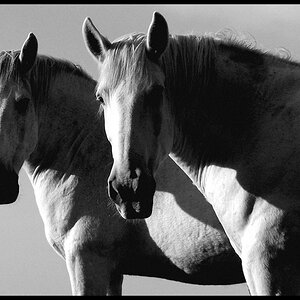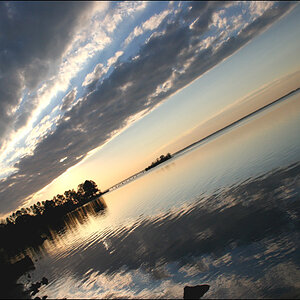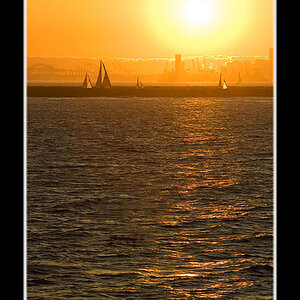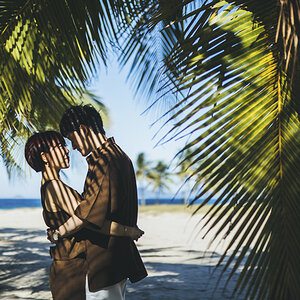Nwcid
No longer a newbie, moving up!
- Joined
- Jan 8, 2018
- Messages
- 489
- Reaction score
- 260
- Location
- PNW
- Website
- www.jbnokesphotography.com
- Can others edit my Photos
- Photos OK to edit
I am not sure if this is the right section to put this under, but seemed most appropriate. Please feel free to move if there is a better spot.
How do you protect your camera when shooting in bad weather such as snow or rain? I know most of the pro and "semi-pro" bodies have a certain amount of weather resistance. Even not in bad weather, but just general outdoors where it might get splashed?
One thing I would like to do in the future is be out on the lake in a canoe or kayak and be able to take pictures, but also do not want to destroy a camera. Getting to and from a place, there is always a Pelican case. Setting up to take a great picture of a waterfall or other feature from the lake might be nice.
Currently I have a Nikon D7100 and am looking at purchasing a D850 soon.
How do you protect your camera when shooting in bad weather such as snow or rain? I know most of the pro and "semi-pro" bodies have a certain amount of weather resistance. Even not in bad weather, but just general outdoors where it might get splashed?
One thing I would like to do in the future is be out on the lake in a canoe or kayak and be able to take pictures, but also do not want to destroy a camera. Getting to and from a place, there is always a Pelican case. Setting up to take a great picture of a waterfall or other feature from the lake might be nice.
Currently I have a Nikon D7100 and am looking at purchasing a D850 soon.








![[No title]](/data/xfmg/thumbnail/32/32718-19d5f7764b6f43f6cec5a67701261560.jpg?1619735624)


![[No title]](/data/xfmg/thumbnail/42/42275-2ca41f93a172e2e510afb46912a2bb61.jpg?1619740084)
![[No title]](/data/xfmg/thumbnail/42/42276-99df5da06c3e5dc83ae4bab11e935910.jpg?1619740085)

